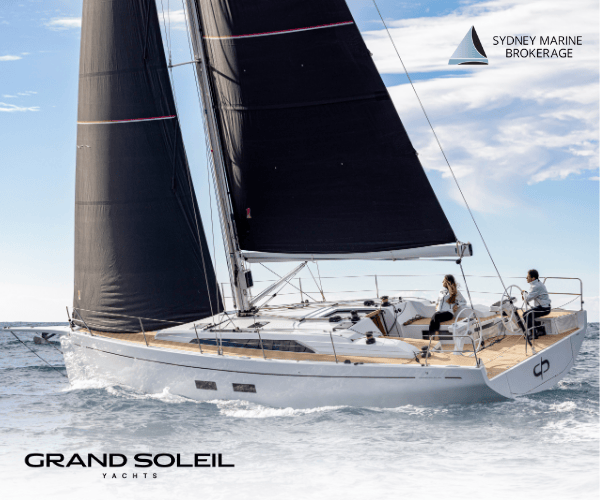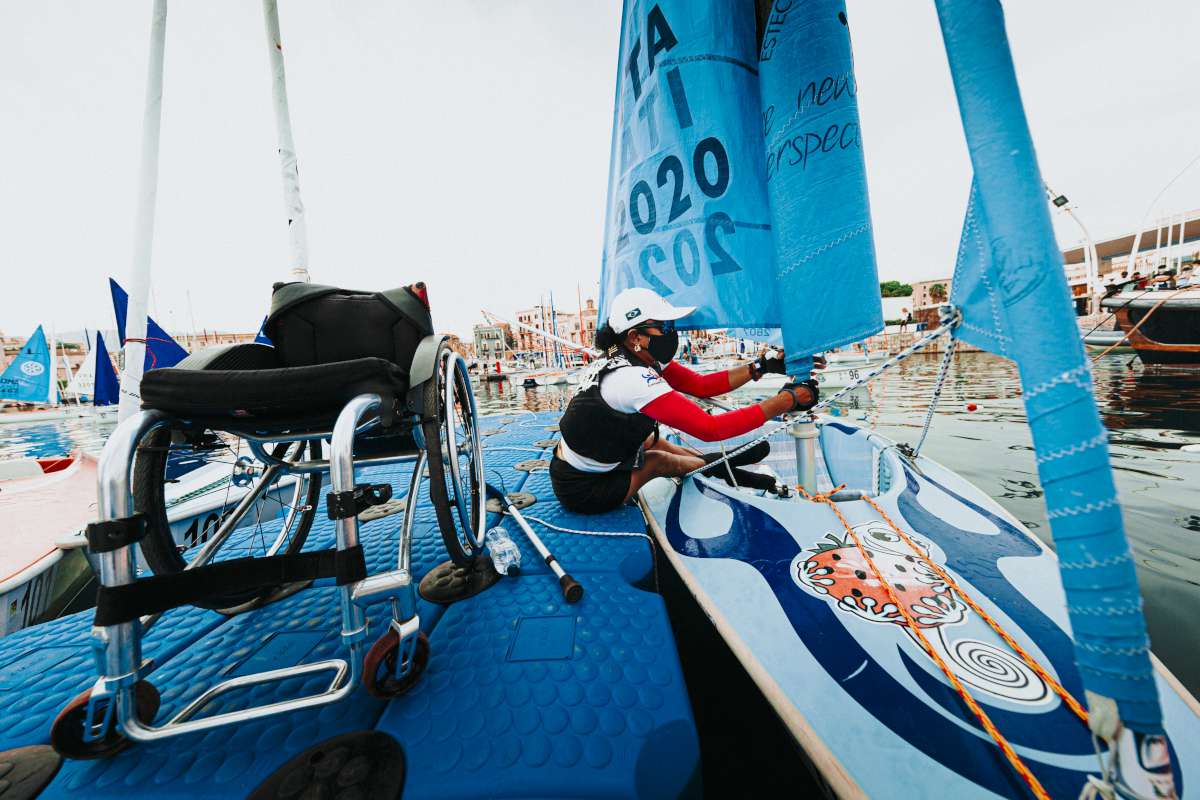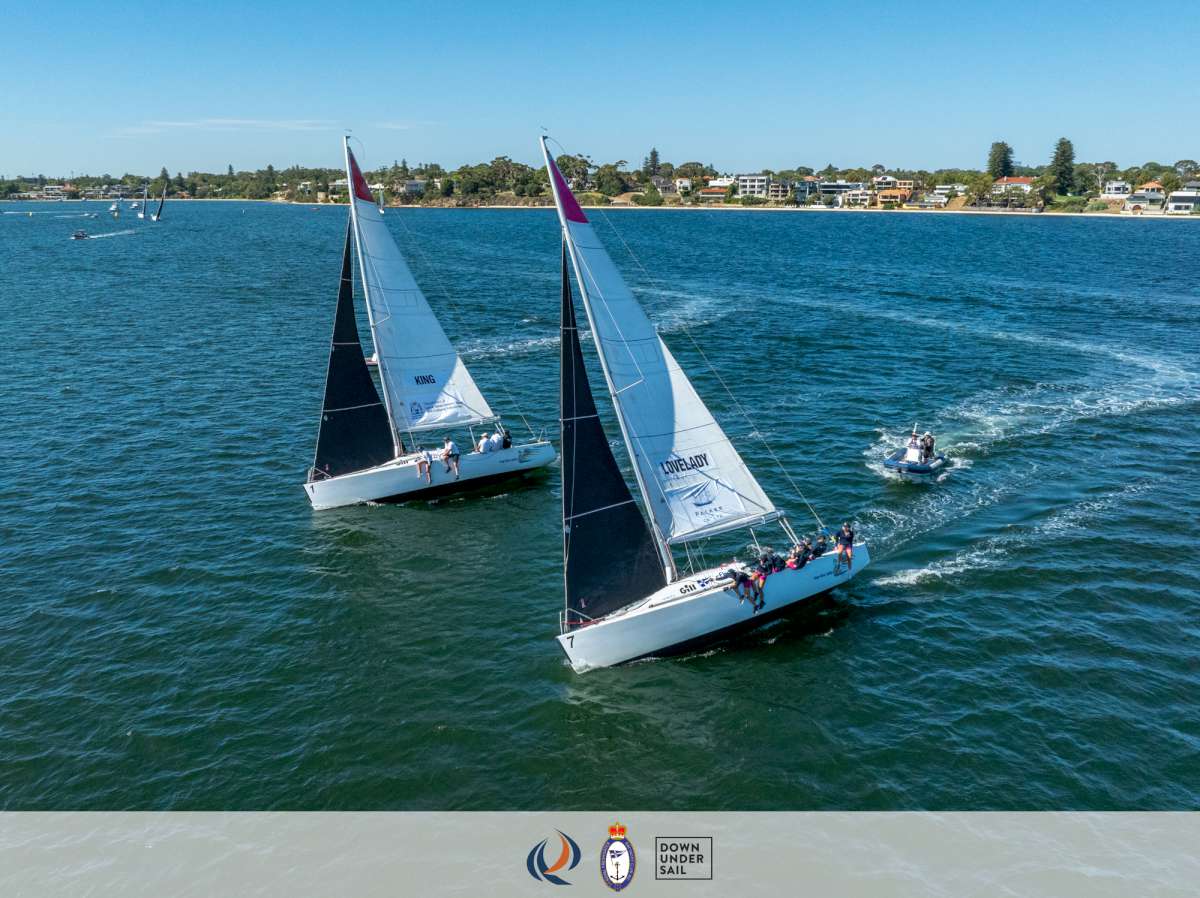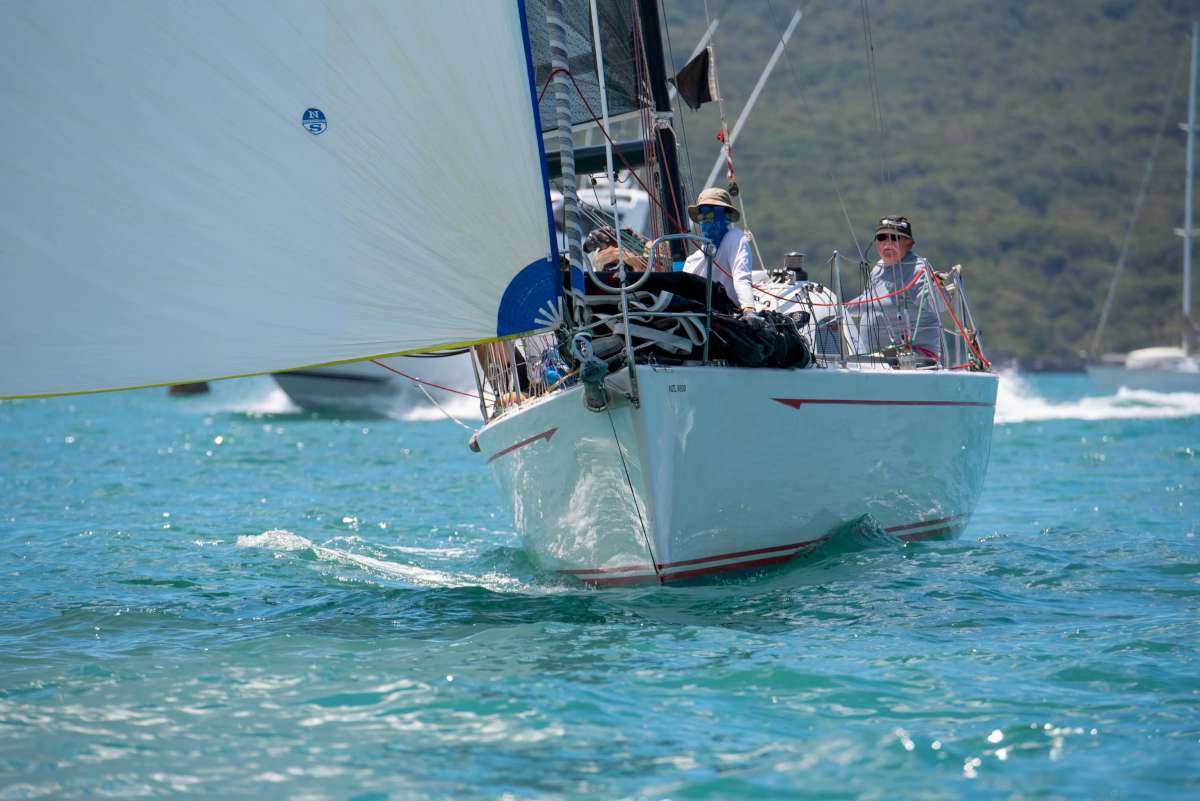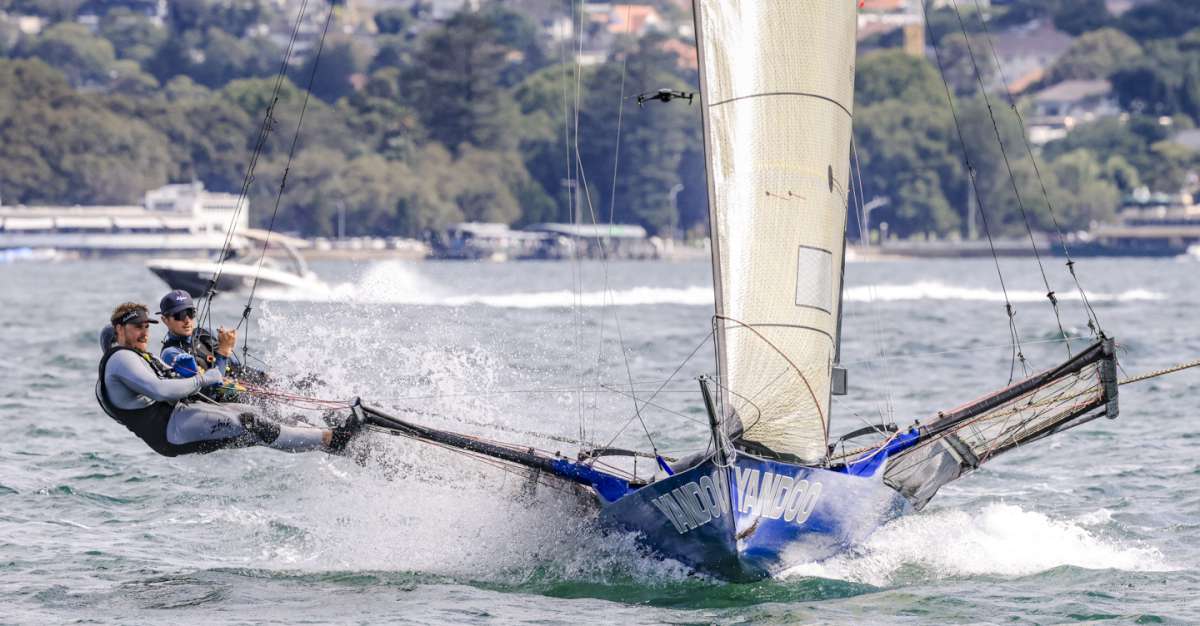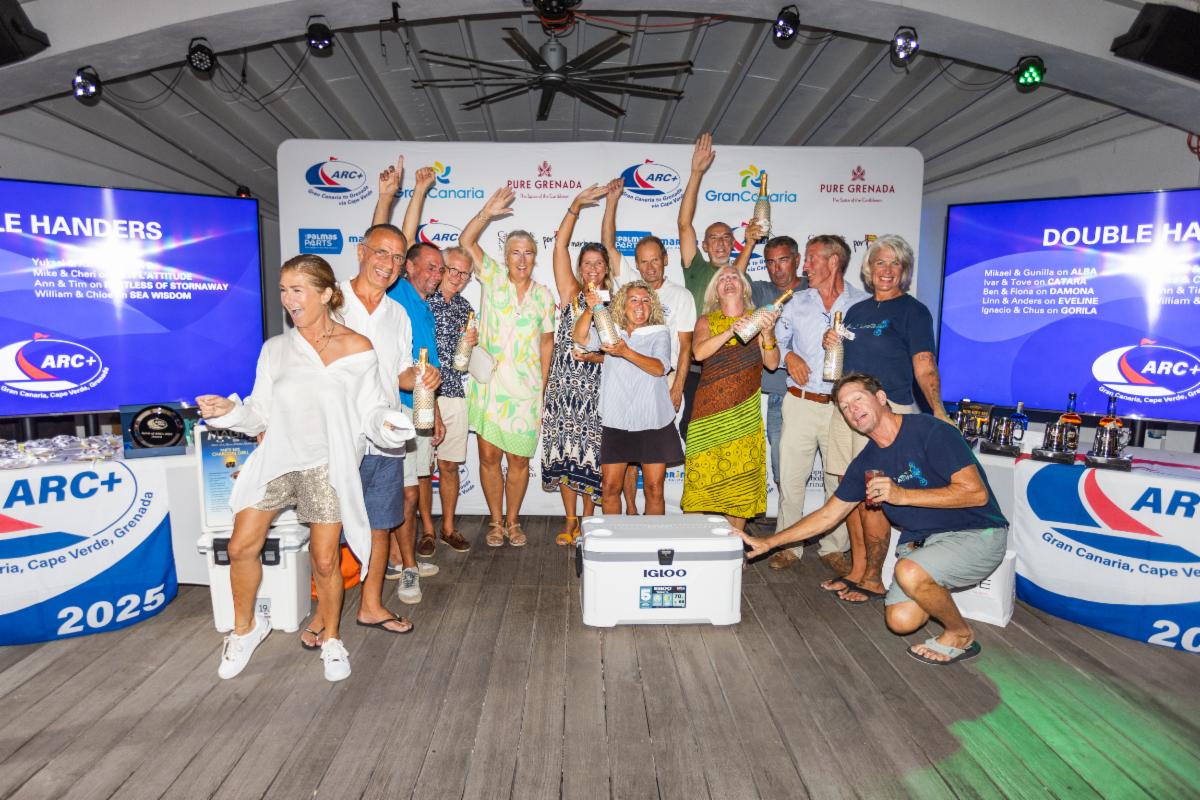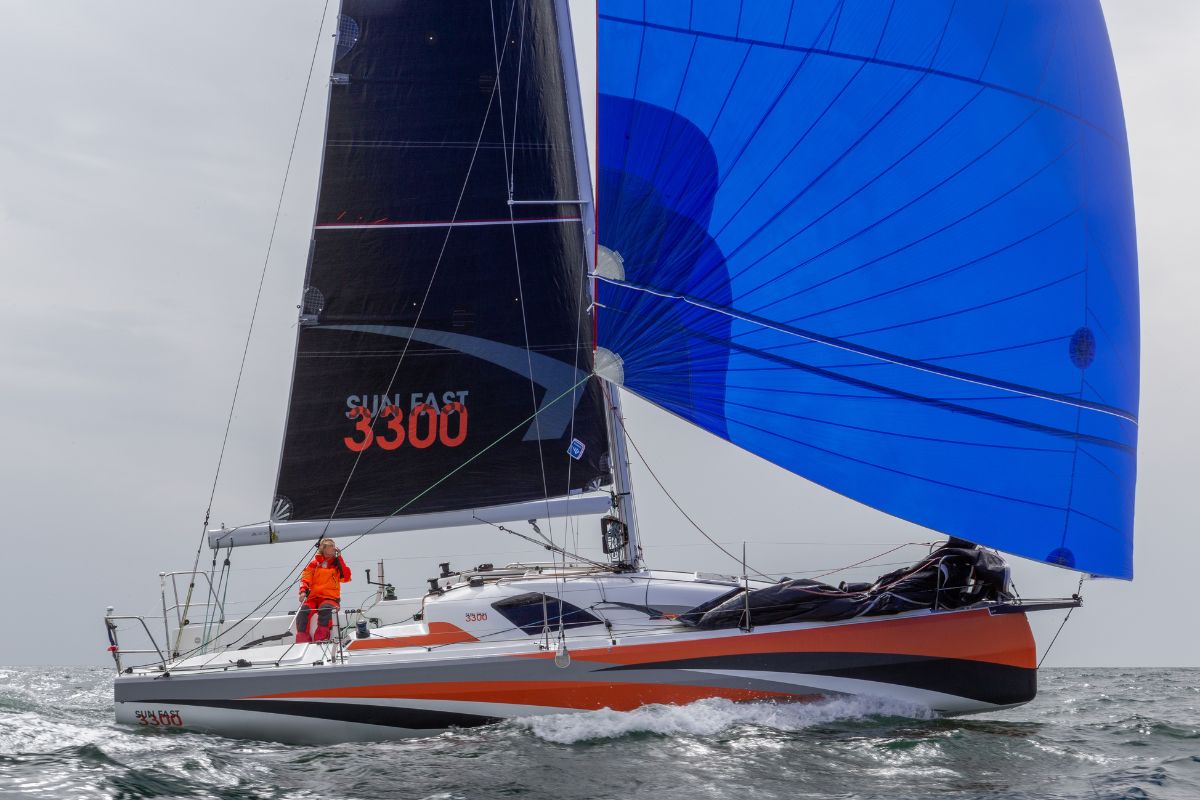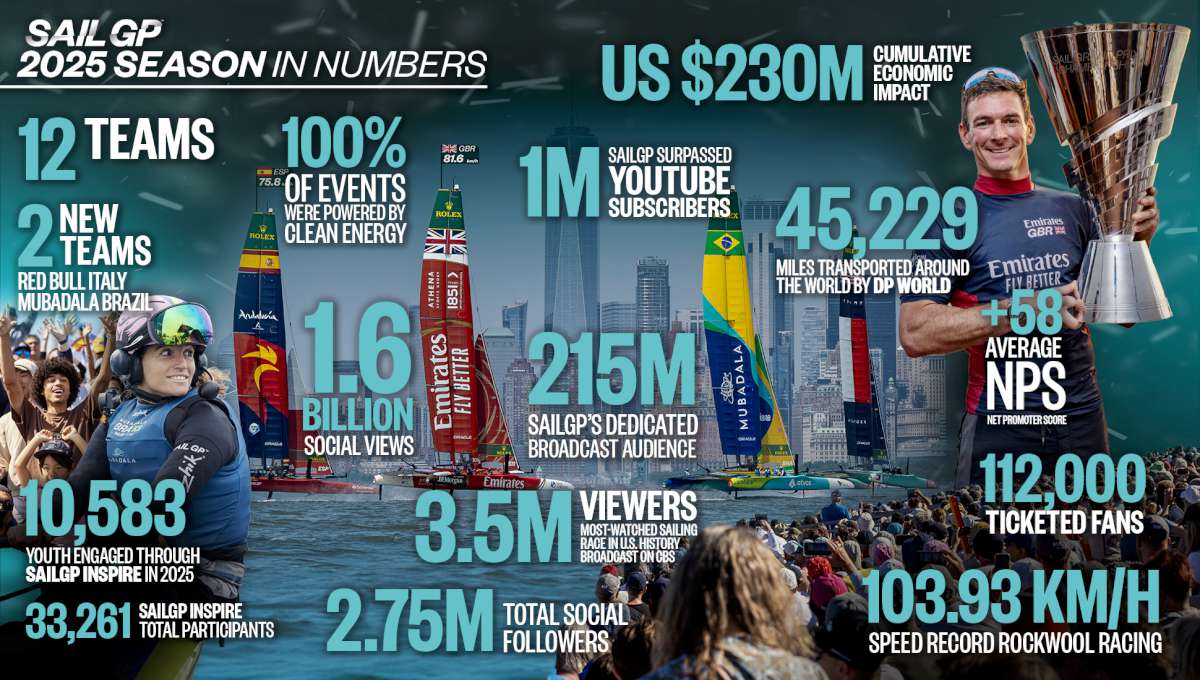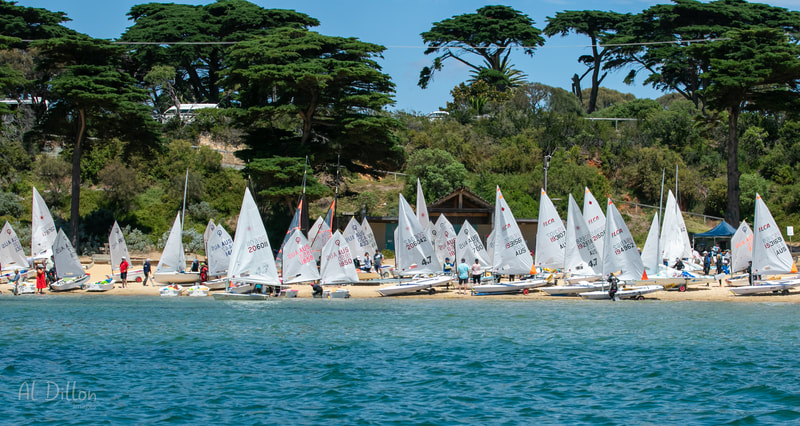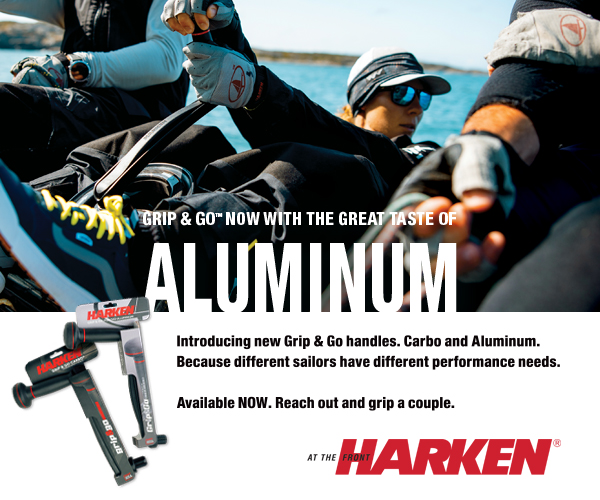In February 2020 I applied Coppercoat, a copper-based antifouling system, to the hull of my 37ft Van de Stadt cruising yacht. The boat is moored in the Krummel Channel, between Russell and Karragarra Islands in Moreton Bay, which is known to be a high-growth area owing to warm water and strong tides. Check out the coral reef on the hull (below) as she came out of the water at Redland City Marina.

Nearly 12 months later, the hull is still totally clear of marine growth. According to David Burnett of Aqua Bio Systems ABS Technologies, the Australian Coppercoat agents, the coating will give me 10 or more years of protection, with only an annual buff required to expose more of the copper particles a scrub or pressure wash required from time to time to remove slime.
The annual burnish or sanding many associate with such coatings, is not required with genuine Coppercoat as the resin is a proprietary formulation that eliminates that requirement – once every 7-9 years is the typical time-frame that a re-burnish may be required to reactivate the surface of Coppercoat by scuffing off excess resin and exposing more of the copper particles. This can be done while the boat is in the water, saving a small fortune in haul-out fees and hard-stand rental.
The Process
Because my hull is aluminium, I was a bit nervous about putting copper next to it. As you would know, copper can cause galvanic corrosion in aluminium when the two metals are in contact with a common electrolyte such as sea water.
However, David Burnett assured me that if I followed his instructions to the letter, there would be no problem, and that there are many aluminium-hulled boats around the world enjoying Coppercoat protection.
Because Coppercoat is a two-pot system, the first task was to remove all the old one-pot antifouling. This is standard practice when painting – you can put one-pot over two-pot, but not the other way around. With the antifouling replaced every couple of years, and the boat being 12 years old, there were a lot of layers of old paint.
Needless to say, this was not a pleasant task. But I consoled myself by remembering that the new coating would last for 10 years.

Once the hull was totally free of old antifouling, and down to bare aluminium in some areas, the next job was to create a barrier between the aluminium and the Coppercoat.
This involved applying four thick coats of epoxy. I was very careful to ensure that all areas on the hull were equally coated.
I used Jotacote, a Jotun product recommended by Redland City Marina, where the boat was hauled out. It was a good product and easy to apply.

Two-person Job
Once the epoxy had thoroughly dried and all the fumes had evaporated, it was time to apply the top coat.
Coppercoat is a combination of a solvent-free, water-based epoxy resin and high purity (99%) copper. Each litre of resin is impregnated with 2 kilos of ultra fine copper, the maximum allowed by law, making Coppercoat the strongest copper based antifouling available.
So the process involves combining the two parts of the epoxy mix with a bag of very fine copper particles and mixing them thoroughly with a paint mixer attached to a battery drill.
It was a hot Queensland day and I found the Coppercoat was getting very hard to apply towards the end of each mix.
After a quick phone call to David in Adelaide, I switched to half mixes and managed to get all four coats on. You apply it wet-on-tacky so you need to keep moving.
Logically, it’s a two-person job but I’m a bit stubborn and hate asking people for help, so I did it alone.
In an ideal world, you’d have three people. One would be mixing while the other two applied the product, working on the same side of the boat but from opposite ends.
There’s a very good video which shows the application procedure. Check it out at here.
The Coppercoat needs a few days out of the water to dry. But a big advantage over traditional antifouling is that it doesn’t matter if you can’t get it back into the water – it’s quite happy on dry land.

Colour
I have always used blue antifouling, so I was a bit disappointed that Coppercoat only comes in one colour – copper red. But as David promised, after a little while in the water, it turned a very dark red – almost black – and looks great.
As I said, the Krummel Channel is notorious for growing small reefs on the hulls of boats moored there, so I’m particularly impressed with the performance so far.
For full details on the product, check it out at www.coppercoat.com.au.
There you will see that the product won a five-year antifouling test in the Solent and has also been used on the Clipper Around the World yachts, with excellent results.
David Burnett is currently offering Mysailing readers a chance to win over $2600 in prizes, including 8 litres of Coppercoat.
To enter, send a message to David by clicking here, or drop an e-mail to enquiries@marine.abs-technologies.com.au and put Mysailing Competition in the subject line. You should receive an entry confirmation e-mail within a few days, so if you haven’t got yours, I suggest you get on to them at 08 8398 5570.
– Roger McMillan, editor.




